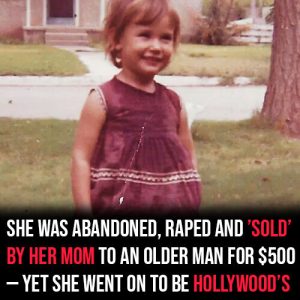Public debates about how transparent courts should be often stem from a misunderstanding of why some information is withheld. Many assume that redactions or sealed documents are clear signs of something being hidden. That view is understandable — in high‑profile or emotionally charged cases, people naturally want to peer into every corner of judicial decision-making. But the text argues that trust in the legal system doesn’t depend on dumping all information into the public sphere. Instead, it is stronger when courts clearly communicate why certain information stays private: by explaining the rules, principles, and constraints that guide redaction or nondisclosure.
Courts work within a framework of legal, ethical, and procedural limits. They cannot simply release everything — some files are confidential for important reasons. As the text points out, when judges or court administrators explain why material is withheld — whether because of privacy laws, ongoing investigations, or legal privilege — it reframes the act of withholding from a secretive move into a structured, justifiable one. This helps the public see non‑disclosure not as arbitrary secrecy, but as a predictable application of established rules. Explaining those rules turns what looks like “hiding” into a transparent process of decision-making.
That kind of clarity has powerful effects on how people view the judiciary. When the public understands which rules courts follow (and why), they no longer have to speculate about hidden motives. Instead of assuming that nondisclosure = cover-up, they can refer back to publicly stated policies. Over time, this builds a foundation of predictability — and predictability fosters trust. As the text suggests, transparency should be viewed more as process than output. It’s not about giving away every document, but about consistently and clearly explaining how decisions about disclosure are made.
The text also acknowledges that clear communication won’t eliminate disagreement. Some will still argue that more should be released, or earlier; others may question whether the rules themselves are fair. But framing the debate around rules allows for more constructive criticism. Rather than speculating about hidden agendas, critics can point to specific policies and ask whether they need reform. This shifts the discussion toward meaningful change and accountability — rooted in shared standards, rather than suspicion.
When courts do a good job of explaining why they withhold certain information, public expectations change. People start to understand that not everything can or should be public, because some information must remain private for legal or ethical reasons. Trust thus becomes less about blind faith and more about demonstrated consistency. Courts show that they apply the same criteria for disclosure in similar situations, and that their explanations align with public‑facing rules — and that consistency itself becomes a powerful form of accountability.
Finally, the text argues that true transparency doesn’t require revealing everything. Even when courts must remain silent — for example, to protect privacy, uphold the integrity of ongoing matters, or comply with legal restrictions — they can preserve trust by making the structure of that silence visible. By explaining why they’re not speaking (and according to what rules), they maintain legitimacy. Over time, such a transparent attitude helps the public understand and accept the balance courts must strike between openness and confidentiality — and that understanding supports a stronger, more trusted justice system.




